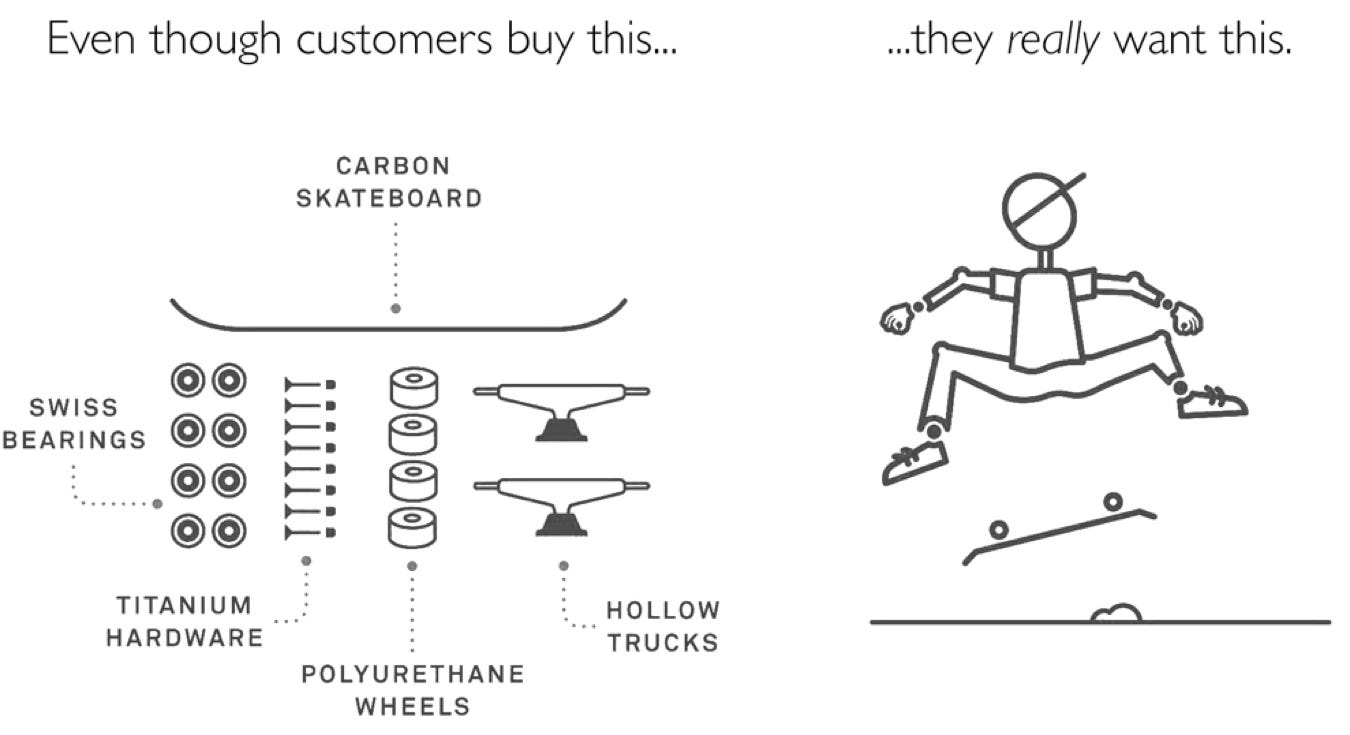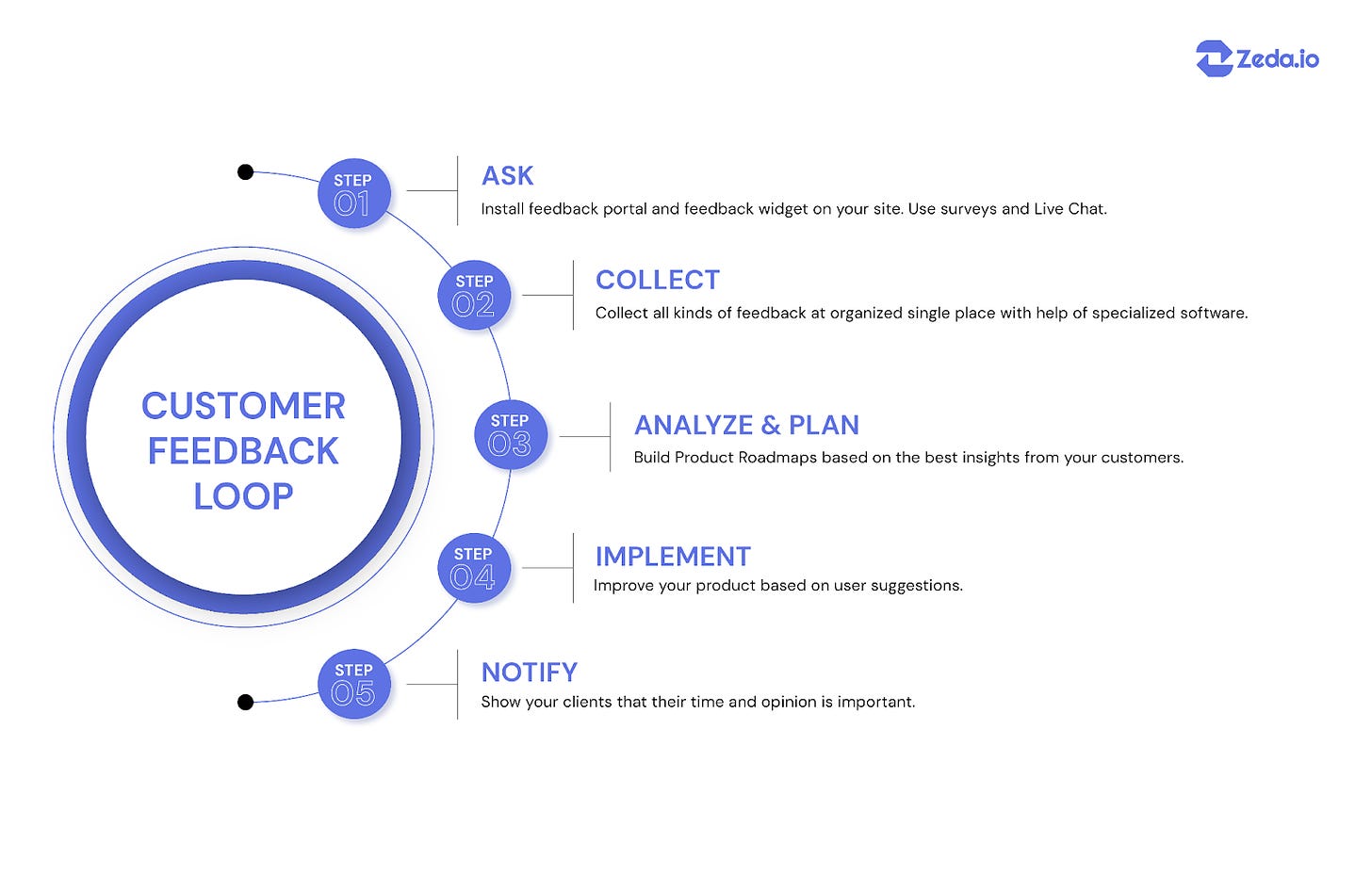Structured thinking as a Product Manager
Product Management, UX, Startups, and more — freshly curated by Zeda.io
Hello, all you product-loving folks! 🥰
Welcome to this week's edition of Product Café, your weekly cup of coffee for everything product management, startups, and more. ☕
Did you know? 💬
Out of every 10 Product Managers, at least 5 of them have a product backlog of more than 100 items.
I was just thinking about something I heard the other day: "While developers don’t really have to spend time deciding which requests to take up, Product Managers have to diligently think about which request to act on and which ones to add to the backlog.” And with incessant requests coming in from different sources, it can be really difficult to make these decisions even with different prioritization frameworks. This is why I think prioritization is a PM’s biggest superpower.
And amidst all this, PMs are supposed to solve issues at hand, look at the big picture by understanding the real problem in a product and evaluate if the problem/opportunity is worth solving. But how do they do all of this without letting it be a daunting experience?
This is where structured thinking comes to the rescue!
1. Follow the three C’s
Madhur Chadha, a PM at Google, uses the three C’s namely: Creation, Curation, and Consumption to stay organized and structured in his PM journey. Any problem can be segregated into these buckets.
For instance, if you wanted to improve WhatsApp as a platform, what would you do?
Creation: These are some things you might want to do to improve WhatsApp:
– how to get more people to join WhatsApp
– how to get more people to use WhatsApp Pay
Curation: Curation would include how to achieve the steps under creation.
– Turn on/off the blue tick chat option
– Encrypted messages
– Integration with other payment apps
Consumption: Consumption would be how your users consume these features and the different distribution channels.
– payment for businesses, mobile recharge and others
– different devices and surfaces
This is a simple yet effective way of breaking down what needs to be done and how it needs to be done, so you can focus your attention where it’s needed and not feel overwhelmed.
Source: Structuring your thoughts by Madhur Chadha
2. Focus on the problem statement
Problem statements help you focus on the key issue at hand, but while doing this we get tempted to include potential solutions as well. It’s important to refrain from doing this because the idea is not to find the solution but to put yourself in the shoes of your target users and think of the problem from their perspective.
Here is a simple formula to follow to find your problem statement:
(describe a person using empathetic language) needs a way to (needs are verbs) because (describe what you’ve learned about the stakeholder and his/her need)
For example, Patty from XYZ & co who likes using our product management platform needs to export some selected customer feedback to an excel sheet so she can send it over to the engineering teams to discuss different use cases for the same feature.
Source: Product Management toolkit
3. Interview, Interview, Interview
You cannot just assume that your customers use your product/feature to get a specific task done without validating it. For instance, you might be building the product so your users can get tasks A, B and C done, but the user probably wants to use your product to get task D done. That’s why taking the time to interview your customers is an investment that’s absolutely necessary.
Source: Jobs to be done by Alan Klement
We’ve covered a lot more tips on how to develop structured thinking as a Product Manager here: https://hackernoon.com/how-to-develop-structured-thinking-as-a-product-manager
Good reads for extra credit 📚
1. From learning how to build products for early-stage start-ups to cracking your next big PM interview, here is a list of courses by PM leaders to advance your Product Management game. This list is curated by Shyvee Shi, a PM at Linkedin.
2. The biggest collection of PM learning resources: books, podcasts, videos, internships, free courses, conferences, frameworks, and much more — curated by Author and Product Coach, Pawet Huryn.
In other news…. Elon Musk takes over Twitter. Finally! 🐦
Like a prolonged break-up story, Elon Musk finally bought Twitter after months of lawsuits, verbal mudslinging and the near miss of a full-blown trial.
Sorry guys, couldn’t help not posting this meme again! 🙈
Here are 3 things that have happened or will likely happen in the next couple of months.
1. As everybody has probably come to know now, Musk’s first move was to fire Twitter’s CEO Parag Agrawal, CFO Ned Segal and Vijaya Gadde, head of legal policy, trust and safety as reported by The Washington Post.
2. The New York Stock Exchange has filed to delist the company as Musk is set to take it private.
3. There has been speculation that Musk could loosen the site’s content moderation policies. When Musk agreed to buy Twitter back in April, he said he would unlock the company’s potential by advancing free speech and defeating spam bots. This could mean the return of former US president Donald J Trump who was banned from Twitter after breaking its content policies.
Source 2: https://www.nytimes.com/2022/10/27/technology/elon-musk-twitter-deal-complete.html
Source 3: https://finance.yahoo.com/news/happen-twitter-stock-elon-musk-144752421.html
Song of the week 🎶
Where are my Snow Patrol fans at?
What’s brewing on Zeda.io’s side? ☕
Did you know that Product Management Operations are so important to developing a product? This team builds workflows and processes for easy communication and sharing of resources among various team members. We’ve covered in detail the functions of this team, their importance and some FAQs about the field.
That’s all folks! Have something you want to share? Put them in the comments below and we’ll get back to you soon.
See you again next week! 🥂
It’s hard to explain what a Product Manager does, we get it. But you know what’s not that hard? Sharing this newsletter with your friends and colleagues!









